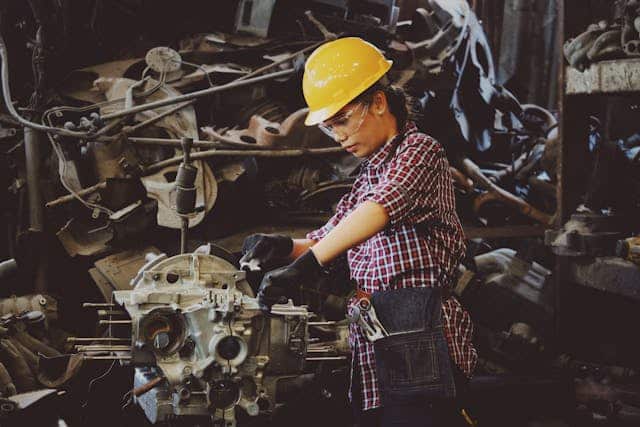From Start to Finish: A Behind-the-Scenes Look at the Collision Repair Process
 When a vehicle suffers damage from a collision, the path to restoration involves much more than just hammering out dents and slapping on some paint. The collision repair process is a complex journey that requires precision, expertise, and state-of-the-art technology. This article offers a behind-the-scenes look at how professionals restore your vehicle to its pre-accident condition, detailing each step from initial assessment to the final touches.
When a vehicle suffers damage from a collision, the path to restoration involves much more than just hammering out dents and slapping on some paint. The collision repair process is a complex journey that requires precision, expertise, and state-of-the-art technology. This article offers a behind-the-scenes look at how professionals restore your vehicle to its pre-accident condition, detailing each step from initial assessment to the final touches.
Initial Assessment and Estimate
Detailed Inspection
The repair process begins with a thorough inspection of the vehicle. Technicians assess the damage visually and with the help of specialized tools that reveal the extent of structural and mechanical damage not visible to the naked eye.
Estimating the Costs
Based on the assessment, a detailed estimate is prepared, listing all the necessary repair work and the costs involved. This estimate is crucial for both the vehicle owner and the insurance company to understand the scope of repairs and the financial implications.
Insurance Approval
Once the estimate is prepared, it must be approved by the vehicle owner’s insurance company. This step can involve negotiations between the repair shop and the insurer to agree on the repair costs and methods.
Disassembly and Further Evaluation
Taking Apart
Disassembly involves carefully removing damaged parts of the vehicle to access underlying structures. This step often reveals additional damage that was not apparent in the initial assessment.
Updated Estimates
If more damage is found, the repair plan and estimate may need to be revised. This updated information is again shared with the vehicle owner and the insurance company for approvals to continue with the repairs.
Structural Repairs
Frame Alignment and Repair
For vehicles with frame damage, specialized machinery is used to return the frame to its factory specifications. This step is critical for the safety and drivability of the vehicle.
Replacement of Structural Components
Severely damaged parts that cannot be repaired are replaced with OEM (Original Equipment Manufacturer) or equivalent parts to maintain the integrity and value of the vehicle.
Body Repair and Paint
Smoothing Out Dents
Technicians work out dents and repair minor damages to the body. Techniques vary depending on the extent of damage and the type of material involved.
Corrosion Protection
Before painting, all repaired areas are treated to prevent future rust and corrosion, which helps prolong the life of the repairs.
Painting and Color Matching
The vehicle is then carefully painted to match the original color, using advanced computer technology to ensure a seamless match. Multiple layers of paint and clear coat are applied to achieve a high-quality finish.
Reassembly and Final Checks
Putting It All Back Together
After painting, the vehicle is reassembled with all restored and new components, including internal systems and external trim.
Systems Check
All vehicle systems are tested to ensure they are operating correctly, including electrical components, fluid levels, and alignment.
Final Inspection and Cleaning
The final step involves a comprehensive inspection to ensure that all work meets quality standards. The vehicle is then cleaned and polished before being returned to the customer.
Conclusion
Understanding the detailed process involved in collision repair can help vehicle owners appreciate the work and expertise required to restore their vehicle. From the initial assessment to the final inspection, each step is executed with precision to ensure the vehicle not only looks good but is safe to drive. This meticulous process ensures that your vehicle returns to you in top condition, both aesthetically and functionally.

